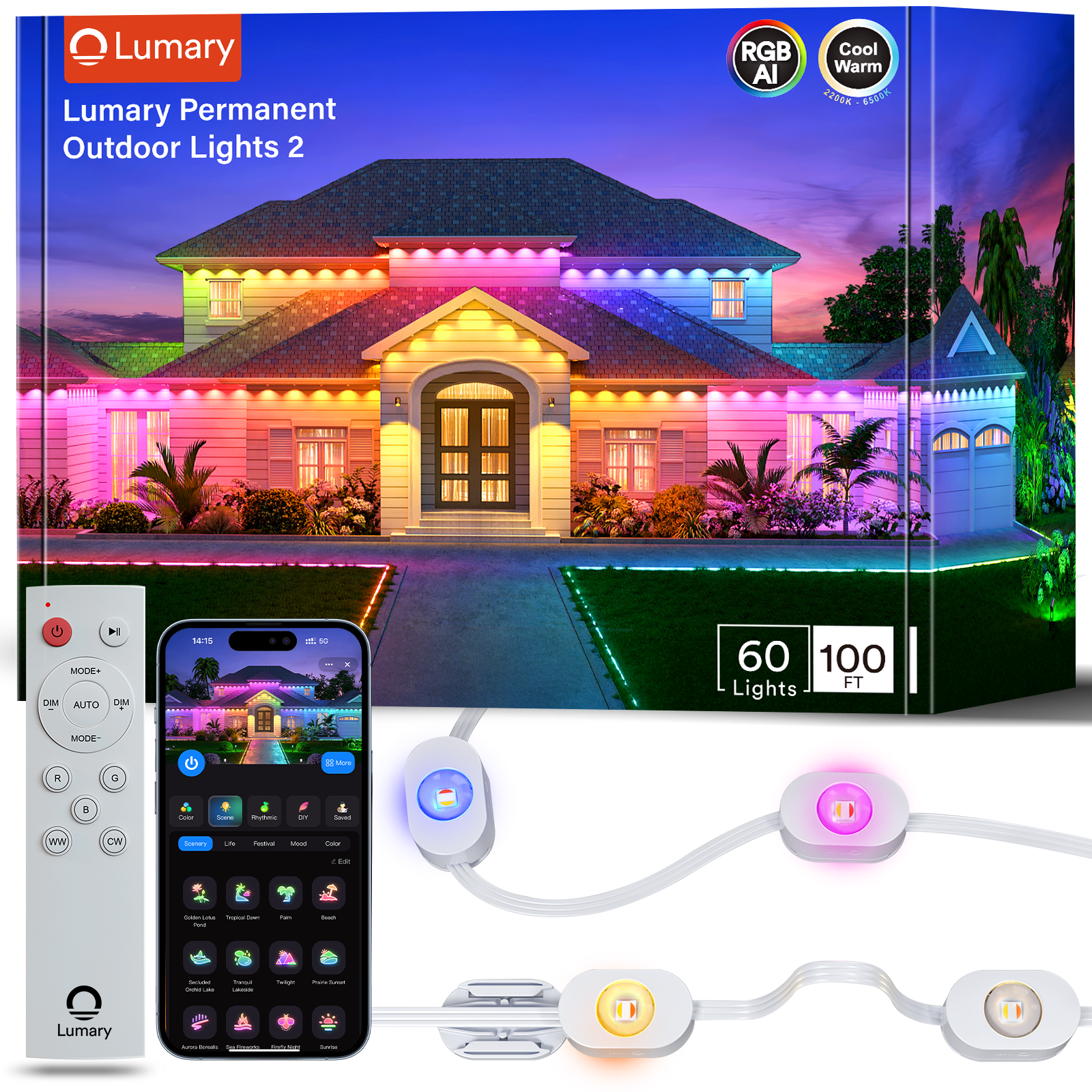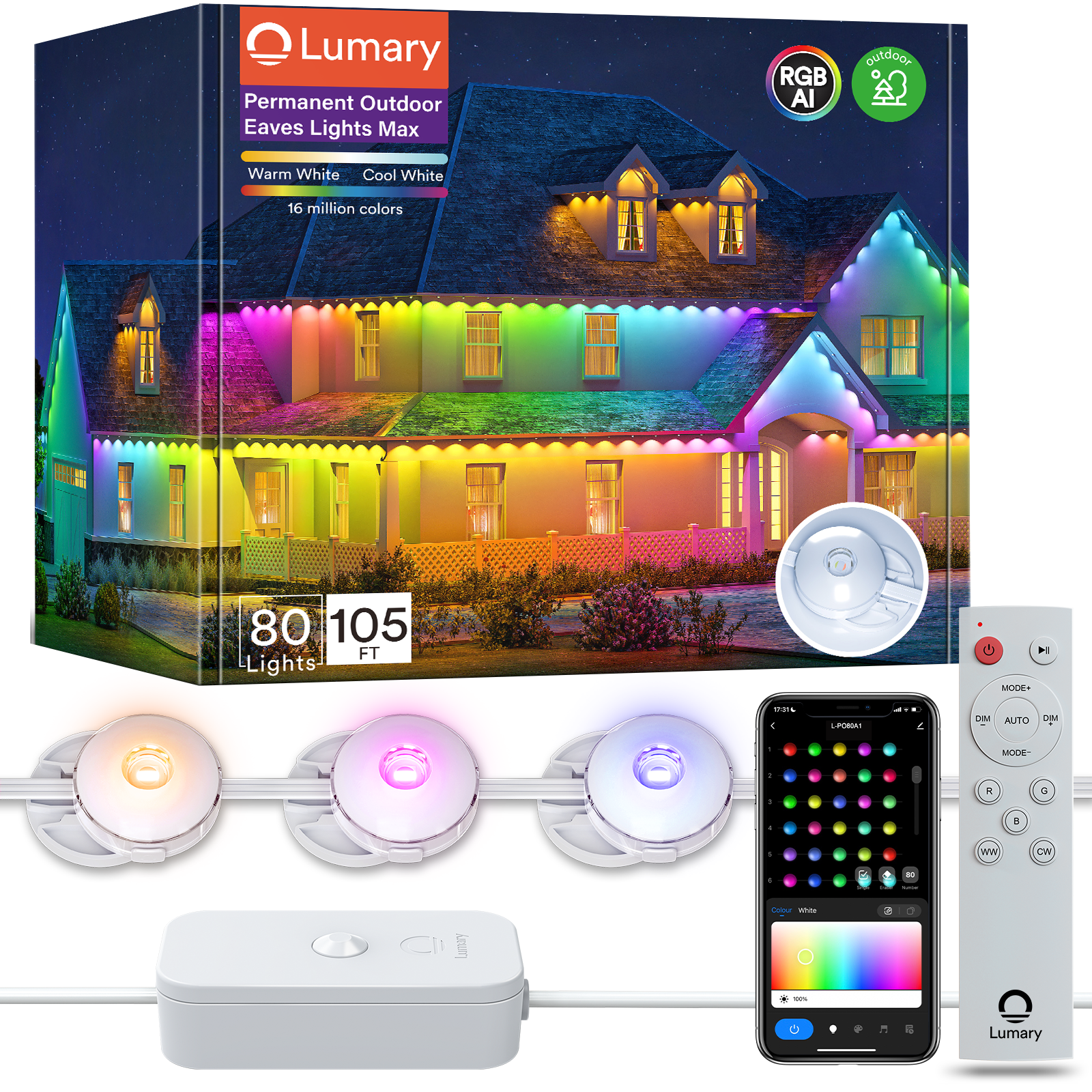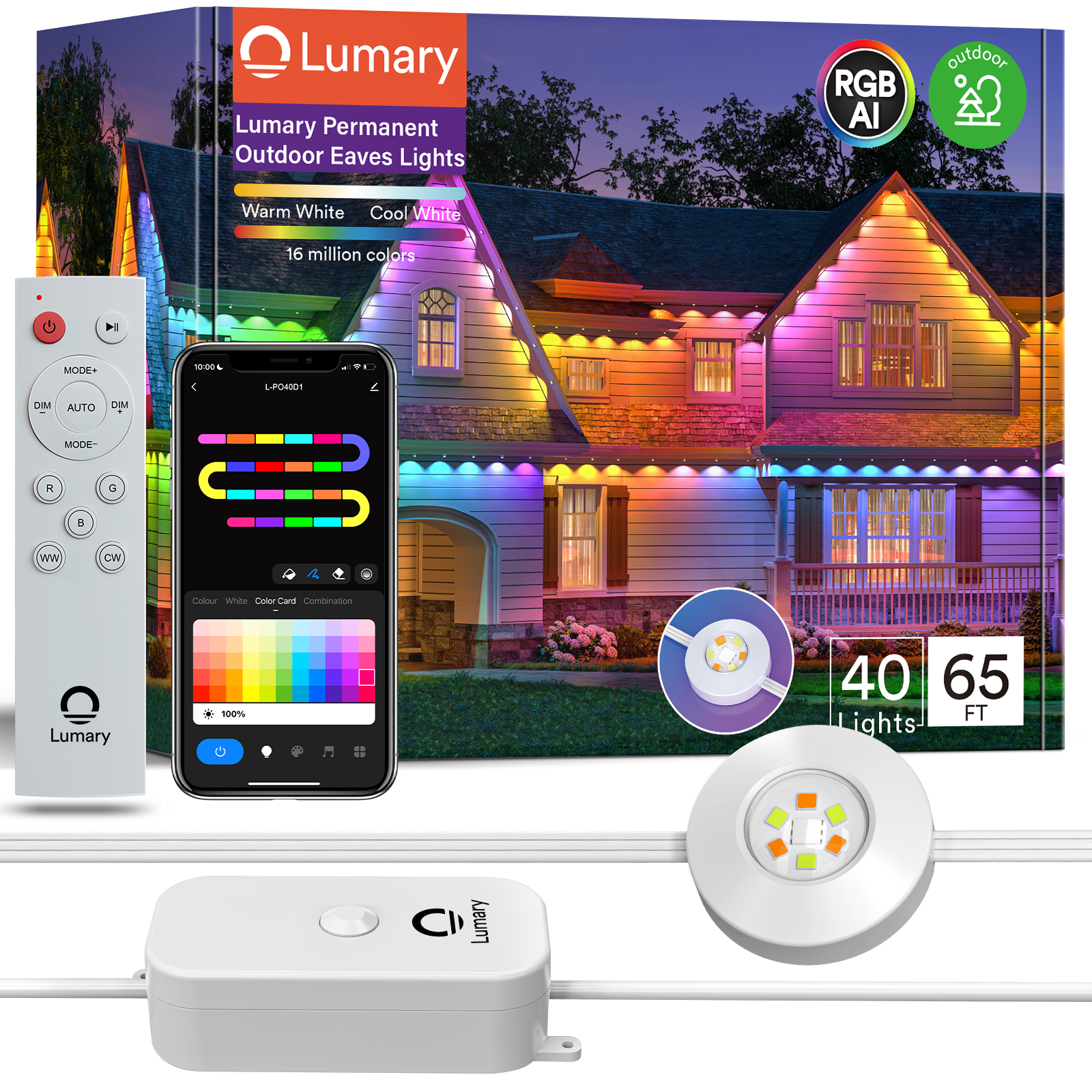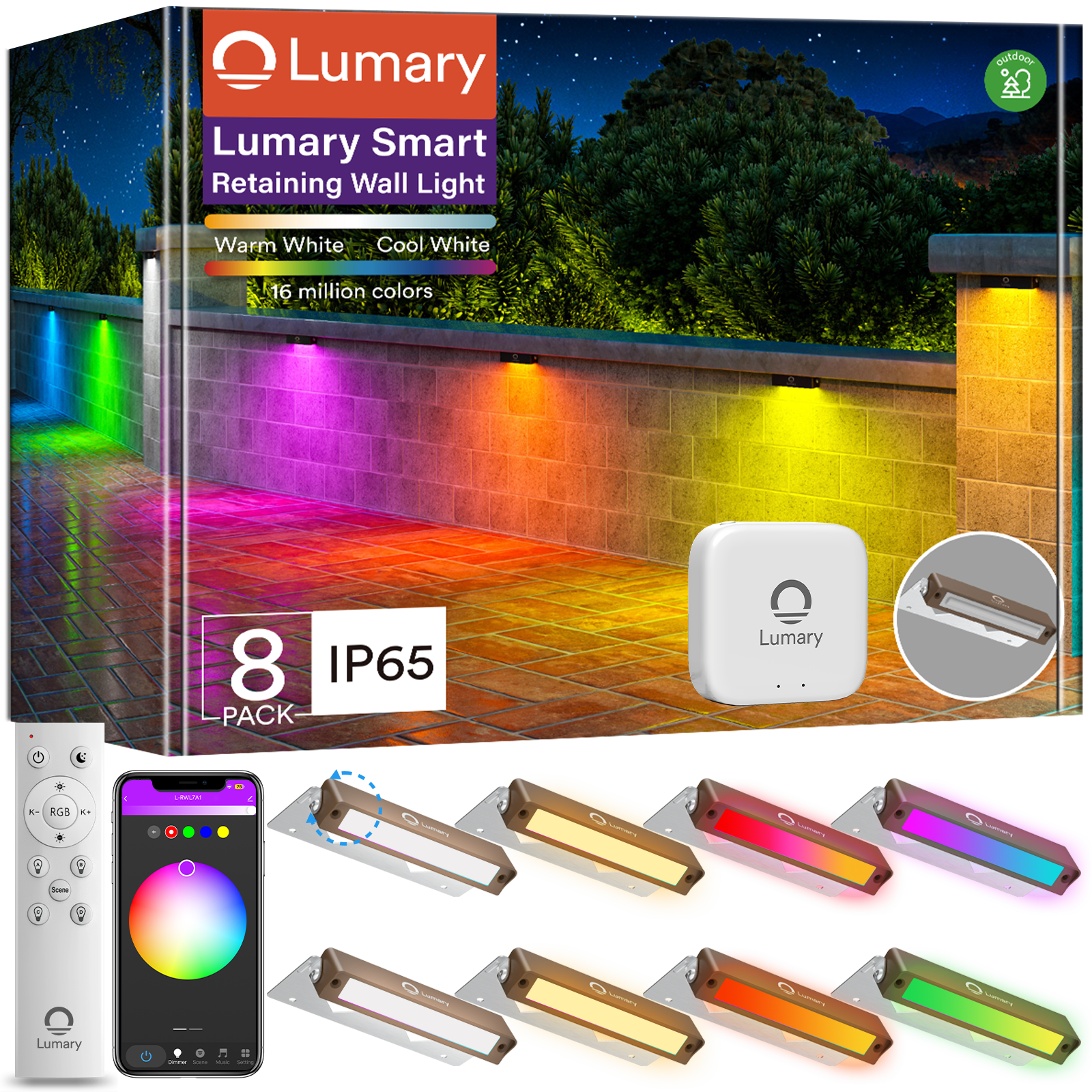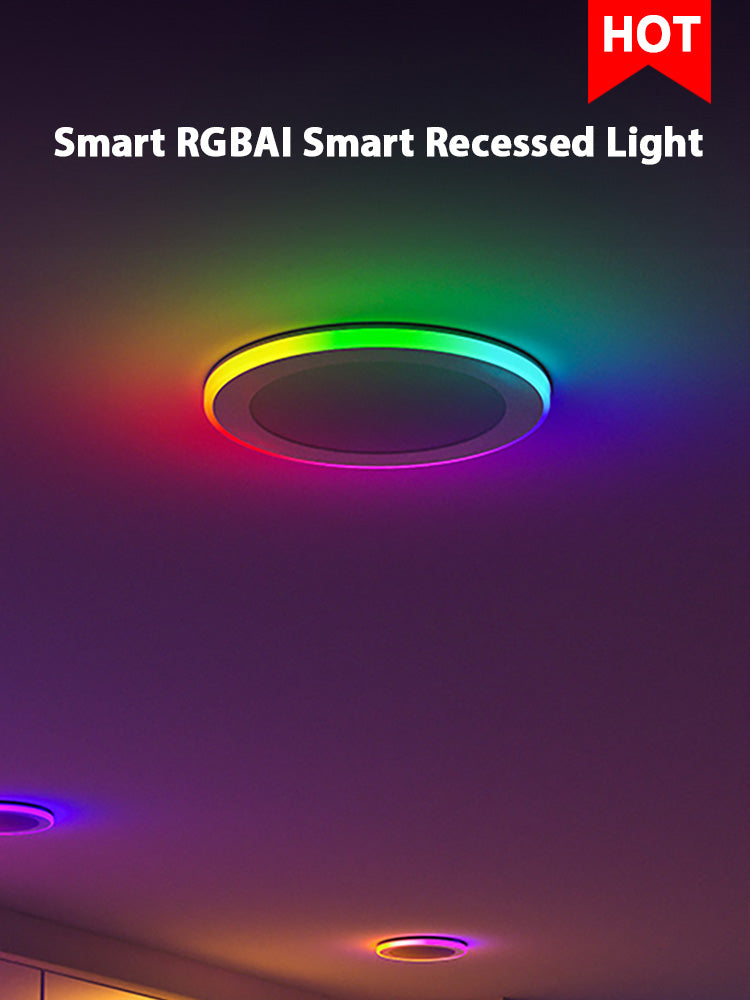LED lights have revolutionized the way you illuminate your spaces. They offer remarkable energy efficiency, consuming up to 75% less energy than traditional incandescent bulbs. With an impressive lifespan of 25,000 to 50,000 hours, they significantly reduce the need for frequent replacements. Remote lights add another layer of convenience, allowing you to control brightness, switch lights on or off, and even set automated schedules from a distance. Understanding how these technologies work not only enhances your user experience but also helps in maximizing energy savings and prolonging the lifespan of your lighting fixtures.
Basics of LED Technology

What are LEDs?
Definition and basic principles
LEDs, or Light Emitting Diodes, are semiconductor devices that emit light when an electric current passes through them. Unlike traditional bulbs, LEDs do not rely on a filament to produce light. Instead, they use a process called electroluminescence. This process occurs when electrons recombine with holes in the semiconductor material, releasing energy in the form of photons, which we perceive as light.
Advantages over traditional lighting
LEDs offer several advantages over traditional lighting solutions. First, they are highly energy-efficient, consuming significantly less power than incandescent or fluorescent bulbs. This efficiency translates into lower electricity bills and reduced environmental impact. Additionally, LEDs have a longer lifespan, often lasting up to 50,000 hours, which means fewer replacements and less waste. They also provide better light quality, with options for various color temperatures and brightness levels, making them suitable for diverse applications.
How LEDs Produce Light
Semiconductor materials
The core of an LED is its semiconductor material, typically made from compounds like gallium arsenide or gallium phosphide. These materials have unique properties that allow them to conduct electricity under certain conditions. When voltage is applied, electrons move through the semiconductor, creating light. The choice of semiconductor material determines the color of the light emitted, allowing for a wide range of colors without the need for filters.
Electroluminescence process
The electroluminescence process is central to how LEDs function. When you apply an electric current to the LED, electrons gain energy and move to a higher energy level. As they return to their original state, they release energy in the form of light. This process is highly efficient, with minimal energy lost as heat, unlike traditional bulbs. As a result, LEDs remain cool to the touch, enhancing safety and reducing the risk of burns or fire hazards.
Emerging Trends in LED Technology: LEDs are becoming more efficient and versatile, integrating with IoT and AI technologies. This evolution enhances their role in sustainable energy practices, offering even greater energy savings and environmental benefits.
Remote Lights Control Mechanisms
Remote lights offer you the convenience of controlling your lighting environment with ease. Understanding the mechanisms behind these controls can enhance your experience and allow you to make informed decisions when selecting lighting solutions.
Types of Remote Lights Controls
Infrared (IR) remotes
Infrared remotes use light signals to communicate with your LED lights. When you press a button on the remote, it sends an infrared signal to the receiver in the light fixture. This technology requires a direct line of sight between the remote and the light, similar to how you operate a TV remote. IR remotes are common due to their simplicity and cost-effectiveness. However, they may not be suitable for controlling lights in different rooms or around obstacles.
Radio Frequency (RF) remotes
Radio Frequency remotes provide a more flexible solution for controlling your lights. Unlike IR remotes, RF remotes do not require a direct line of sight. They use radio waves to send signals, allowing you to control lights from different rooms or even through walls. This makes RF remotes ideal for larger spaces or complex lighting setups. Many modern LED systems incorporate RF technology to enhance user convenience and control range.
How Remote Lights Controls Communicate
Signal transmission
Signal transmission is the core of how remote lights operate. When you press a button on the remote, it sends a signal to the LED light's receiver. This signal can either be an infrared light beam or a radio wave, depending on the type of remote. The receiver interprets the signal and executes the command, such as turning the light on or off, dimming it, or changing its color. This process happens almost instantaneously, providing you with immediate control over your lighting environment.
Frequency and range
The frequency and range of remote lights controls determine how effectively you can manage your lighting. IR remotes typically operate at a frequency of around 38 kHz, with a range limited to the line of sight. In contrast, RF remotes operate at various frequencies, often in the 433 MHz or 2.4 GHz bands, offering a much broader range. This allows you to control your lights from a greater distance and through obstacles, making RF remotes a versatile choice for modern lighting systems.
Note: Some advanced LED systems, like the Lumary Smart RGBAI Recessed Light, integrate both RF and Wi-Fi technologies. This combination provides enhanced control options, including app-based management and voice commands through smart home assistants.
Components of Remote-Controlled LED Lights
Understanding the components of remote-controlled LED lights helps you appreciate their functionality and design. These components work together to provide efficient and versatile lighting solutions.
LED Bulbs
Structure and design
LED bulbs form the core of remote-controlled lighting systems. They consist of multiple light-emitting diodes arranged in various configurations. This arrangement allows for different light outputs and distributions. You might find a single high-intensity LED or several lower-intensity LEDs in a bulb, depending on the desired brightness and application. The design often includes features that enable dimming and color adjustments, enhancing the bulb's versatility. By using a combination of red, blue, and green LEDs, these bulbs can produce a wide range of colors, allowing you to customize the ambiance of your space.
Energy efficiency
LED bulbs excel in energy efficiency. They consume significantly less power compared to traditional lighting options. This efficiency translates into lower electricity bills and a reduced environmental footprint. The ability to dim the lights further enhances energy savings, as you can adjust the brightness to suit your needs without wasting energy. Additionally, the long lifespan of LED bulbs means fewer replacements, contributing to both cost savings and environmental sustainability.
Remote Control Unit
Buttons and functions
The remote control unit is your interface for managing the LED lights. It typically features a variety of buttons, each serving a specific function. You can use these buttons to turn the lights on or off, adjust brightness levels, and change colors. Some remotes offer preset modes or scenes, allowing you to quickly switch between different lighting setups. This functionality provides you with the flexibility to create the perfect lighting environment for any occasion.
Power source
Remote controls for LED lights usually rely on batteries as their power source. This design ensures portability and ease of use. You can operate the remote from anywhere within its range, without worrying about cords or power outlets. Regularly checking and replacing the batteries ensures that your remote remains functional and responsive. Some advanced systems may also offer app-based controls, providing an alternative method for managing your lighting through smartphones or tablets.
Tip: When selecting remote-controlled LED lights, consider the compatibility of the remote with your existing lighting setup. Some systems, like the Lumary Smart RGBAI Recessed Light, offer both remote and app-based controls, giving you more flexibility in managing your lighting environment.
Installation and Setup

Setting up remote-controlled LED lights involves a few straightforward steps. By following these guidelines, you can ensure a smooth installation process and enjoy the benefits of your new lighting system.
Setting Up the LED Lights
Placement and connection
To begin, decide where you want to place your LED lights. Consider areas that require efficient lighting or where you want to create a specific ambiance. Once you've chosen the location, connect the LED lights to the power source. Ensure that all connections are secure to prevent any electrical issues. Proper placement and connection are crucial for optimal performance and longevity of your LED lights.
Initial testing
After connecting the lights, perform an initial test. Turn on the lights to check if they illuminate as expected. This step helps you identify any potential issues early on. If the lights do not turn on, double-check the connections and ensure that the power source is functioning correctly. Initial testing ensures that your setup is ready for use and allows you to make any necessary adjustments.
Pairing the Remote Control
Synchronization process
Pairing the remote control with your LED lights is essential for seamless operation. Start by following the manufacturer's instructions for synchronization. Typically, this involves pressing a specific button on the remote while pointing it at the LED light's receiver. The lights may blink or change color to indicate successful pairing. This process allows you to control the lights remotely, enhancing convenience and flexibility.
Troubleshooting common issues
If you encounter issues during the pairing process, don't worry. Common problems include interference from other devices or weak battery power in the remote. Ensure that the remote has fresh batteries and that there are no obstacles blocking the signal. If problems persist, consult the user manual or contact customer support for assistance. Troubleshooting ensures that your remote lights function correctly and provides you with a reliable lighting solution.
Tip: Regular maintenance, such as checking connections and replacing remote batteries, can prolong the lifespan of your LED lighting system. This proactive approach helps you avoid potential issues and ensures consistent performance.
Advanced Features and Customization
Dimming and Color Changing
Adjusting brightness
Remote-controlled LED lights offer you the ability to adjust brightness levels effortlessly. This feature allows you to create the perfect ambiance for any occasion. Whether you need bright lighting for reading or a softer glow for relaxation, you can easily modify the brightness to suit your needs. By using the remote control or a compatible app, you can increase or decrease the light intensity with just a few clicks. This flexibility not only enhances your comfort but also contributes to energy savings by using only the amount of light you need.
Selecting colors
Color-changing capabilities add a dynamic element to your lighting setup. With remote-controlled LED lights, you can select from a wide spectrum of colors to match your mood or decor. Whether you want a warm yellow for a cozy evening or a vibrant blue for a party, the choice is yours. Many systems offer preset color modes, allowing you to switch between different hues quickly. This customization transforms your space, making it more engaging and visually appealing.
Expert Insight: According to experts in LED technology, "The ability to adjust brightness and change colors in LED lighting systems enhances user experience by providing personalized lighting solutions that cater to individual preferences and activities."
Smart Integration
Compatibility with smart home systems
Integrating your LED lights with smart home systems elevates your lighting experience. Many modern LED systems, like the Lumary Smart RGBAI Recessed Light, are compatible with popular smart home platforms such as Alexa, Google Assistant, and Siri. This compatibility allows you to control your lights using voice commands or through a dedicated app. You can set schedules, automate lighting scenes, and even control your lights remotely when you're away from home. This integration not only adds convenience but also enhances the security and efficiency of your home.
Voice control options
Voice control options provide you with hands-free management of your lighting environment. By connecting your LED lights to a smart speaker or assistant, you can adjust settings using simple voice commands. For example, you can say, "Alexa, dim the living room lights," or "Hey Google, change the bedroom lights to blue." This feature is particularly useful when your hands are full or when you want to make quick adjustments without reaching for a remote or smartphone.
Expert Testimony: Experts highlight that smart integration in LED lighting systems offers unparalleled convenience and efficiency, making it easier for users to manage their lighting environments seamlessly.
You have explored the fascinating world of remote-controlled LED lights, understanding their technology and benefits. These lights offer energy efficiency, long lifespan, and convenience. They enhance your living spaces with customizable brightness and color options. As you look to the future, expect exciting trends in LED technology. The market for LED light remote control switches is set to grow significantly, driven by energy efficiency and smart home trends. LEDs are also transforming automotive and street lighting, enhancing safety and reducing costs. Embrace these advancements to create a smarter, more efficient home environment.


